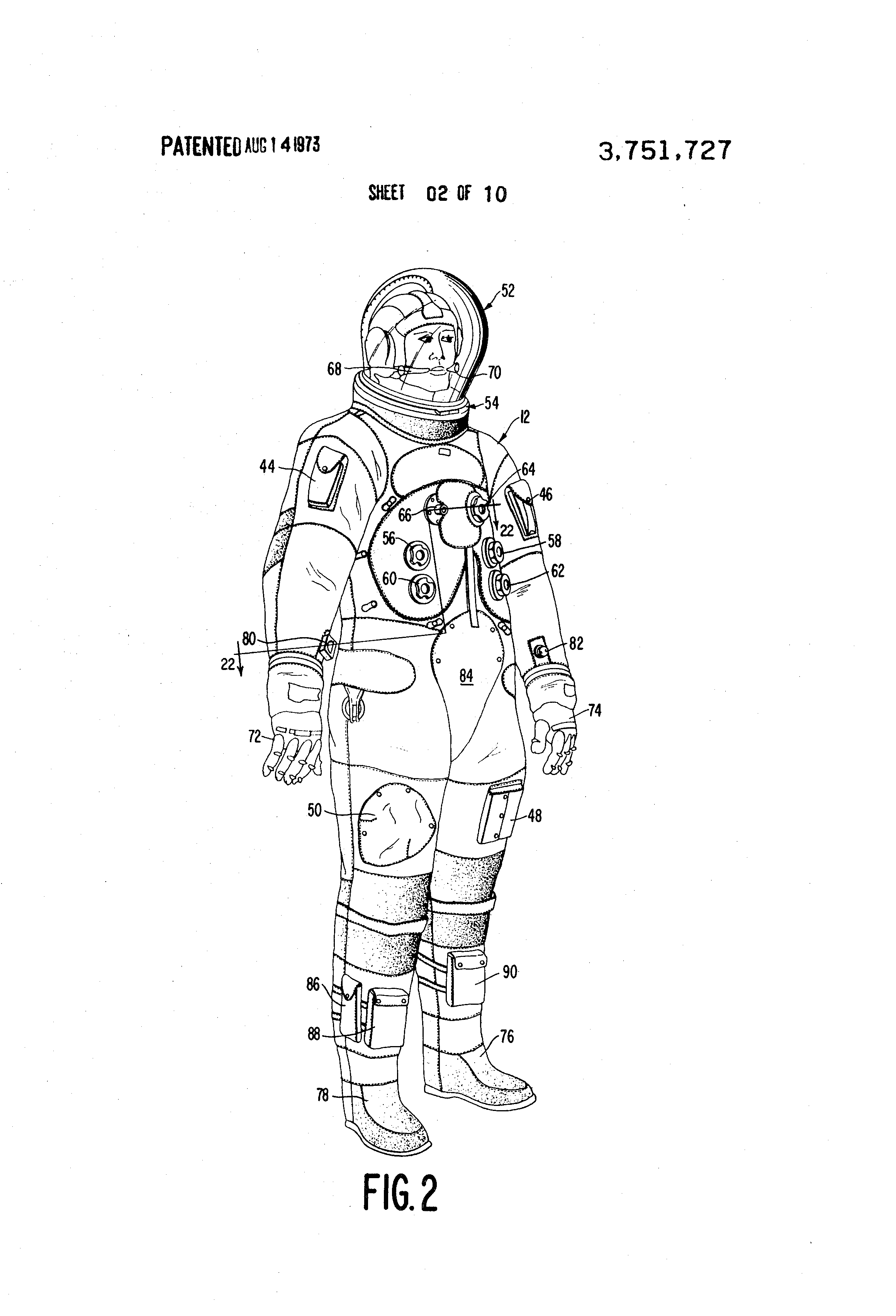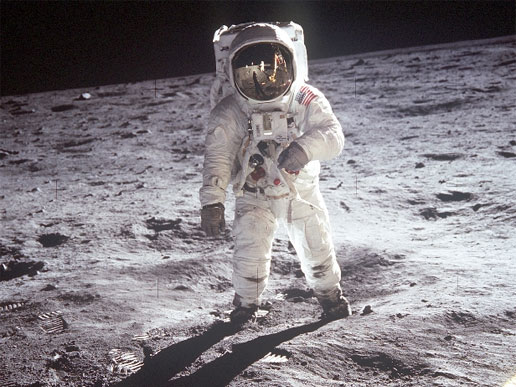July 20, 2019, marks the 50th anniversary of NASA’s Apollo 11 lunar mission.
Apollo 11 astronauts Neil Armstrong and Buzz Aldrin became the first humans to walk on the moon on July 20, 1969. The lunar landing marked the culmination of America’s Cold War human spaceflight program and positioned the United States as a global leader in science and technology.
In 1961, when President John F. Kennedy announced the goal of “landing a man on the moon and returning him safely to the earth” before the end of the decade, the mission seemed all but impossible.
Fifty years later, the world is remembering the historic mission and its impact on society and science. To celebrate the anniversary, we’d like to highlight a patent that was an integral part of the mission, the Apollo space suit.
The Apollo Space Suit
In 1968, the National Aeronautics and Space Administration (NASA) filed a patent application for the space suit designed for the astronauts in the Apollo Space Program (U.S. Patent No. 3,751,727A). NASA’s patent was later granted on August 14, 1973. The space suit was designed to be worn both inside and outside of the space vehicle as well as on the lunar surface.
Each suit was hand-built by seamstresses who had to be extraordinarily precise as one small error could be the difference between a functional space suit and a potential safety hazard. The space suits were built with a state-of-the-art fabric called Beta cloth, to withstand temperatures of over 1,000 degrees Fahrenheit.
What many don’t know, is that the space suit was created by the International Latex Corporation (ILC) in Dover, Delaware, later known as Playtex.
Yes, the company that brought America the “Cross Your Heart Bra” in the mid-1950s were responsible for bringing NASA’s historical suit to life. ILC had sold the skill of its industrial division to NASA as the company had a lot of expertise developing clothing that had to be flexible as well as form-fitting.
The toughest challenge for ILC was to contain the pressure necessary to support life (about 3.75 pounds per square inch of pure oxygen), while maintaining enough flexibility to afford freedom of motion.
The Apollo suits were used on 11 missions from 1968 until 1972, resulting in 158 combined hours on the lunar surface. There was never a mission that had to be cut short or canceled due to a problem with the Apollo space suits. The Apollo 11 space suits would go on to be the basis of the iconic image of a man on the moon in photos of Buzz Aldrin and the eleven others who traversed the lunar surface.

ILC is just one example of the many inventors and everyday companies that helped America land on the moon. 50 years later, the success of the mission still plays a powerful role when discussing the future of American innovation. The accomplishment poses the exciting question, “If we were able to put a man on the moon, what else can we do?”
